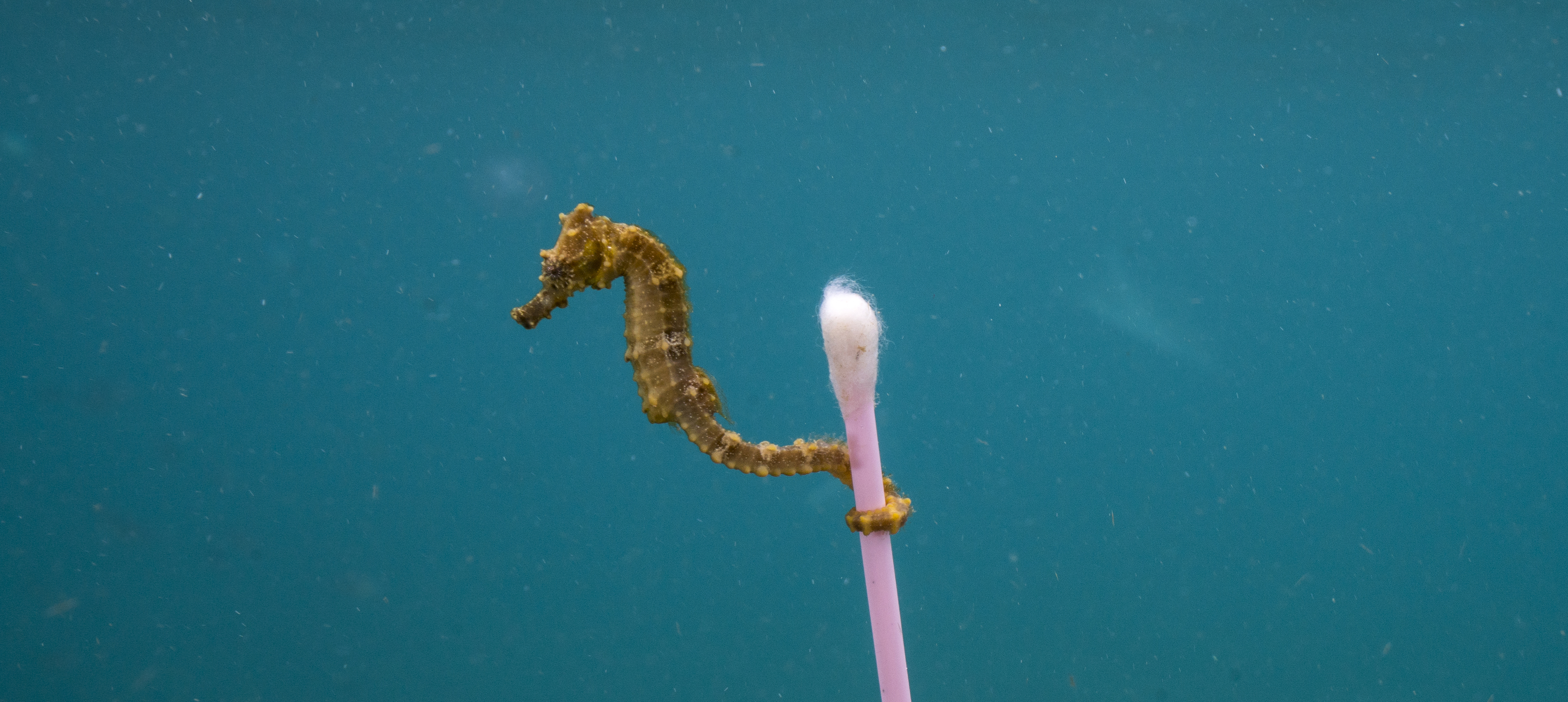
What is the maritime industry doing to help rid our oceans of toxic plastic waste? In this special series of features, Sarah Robinson investigates
In late 2017, the BBC broadcast its powerful new wildlife documentary series Blue Planet II. Viewers worldwide were enchanted by the strange and beautiful images of sea creatures and their underwater world – and then found themselves recoiling in horror as the footage revealed how discarded plastics are polluting the marine environment.
The problem of plastic pollution in the oceans has been building for years, but it took this documentary, presented by Sir David Attenborough, to bring the issue to widespread public attention. And it's not just about unsightly garbage; plastics are killing ocean wildlife by getting into the food chain.
The documentary showed, for example, how ingested plastics could be responsible for a decline in albatross numbers; and most memorably, filmed a dead whale calf which may have been poisoned by plastic-derived chemicals in its mother's milk.
Shocked into action by Blue Planet II, thousands of people have pledged since the broadcast to keep plastics out of the sea by picking up litter on beaches. In addition, long-standing campaigns to reduce plastic waste have received a boost, with new supporters joining and businesses and government coming onboard.
If many people are now trying to do their bit shore-side, what’s happening in the shipping industry? We know that most marine litter originates from land-based activities, but shipping companies and seafarers need to play their part in ensuring waste from vessels does not end up in the water – and maritime regulators have an important role here too.
European Union's new plastics strategy
In January this year, the European Union launched its first-ever plastics strategy, which includes new rules on port reception facilities for marine litter, along with promises to reduce the administrative burden on ports, ships and competent authorities.
The European shipowners' body ECSA has welcomed this 'long-awaited' revision of the Ports Reception Facilities Directive. 'ECSA fully supports the aim of the Directive to prevent illegal discharges of ship-generated waste and cargo residues into the sea by encouraging vessels to discharge all waste to shore-side receptacles,' said secretary general Martin Dorsman.
Nautilus general secretary Mark Dickinson also hailed the revised legislation, commenting: 'Whilst plastic pollution generated on land quite rightly garners a lot of attention, it is estimated that in some areas as much as 50% of marine litter is maritime-based.
'Nautilus hopes that this revision will be effective in incentivising shipowners and ports to take their responsibilities seriously, therefore facilitating seafarers in their efforts to minimise marine pollution.'
Disposing correctly of shipboard waste is surely the very least that seafarers and shipping companies can do. But the industry can go further than this, by supporting projects to stem the flow of land-generated waste reaching the sea. And perhaps most excitingly, the skills and ingenuity of maritime professionals can be deployed to help reverse the problem – actually cleaning the oceans of plastic pollution.
As you read the related stories in this feature, you will see how individuals and companies in our industry are making a difference, whether on a local scale or in ambitious international projects.
This is of course just a taste of what maritime professionals can contribute to the effort to rid our oceans of waste plastic, so if you would like to tell us about other projects, please write a letter to the Nautilus Telegraph editor via telegraph@nautilusint.org.
In some areas, as much as 50% of marine litter is thought to come from maritime sources.
Follow this story
-
Environment
21st century plague
- Telegraph
- 29 March 2018
-
Environment
Convincing ferries to cut plastic waste
- Telegraph
- 29 March 2018
-
Environment
Seabin Project – trapping floating plastics in port
- Telegraph
- 29 March 2018
-
Environment
Ocean Cleanup – tackling the plastic problem on the high seas
- Telegraph
- 29 March 2018
-
Environment
GreenSeas Trust – binning plastics on the beach
- Telegraph
- 29 March 2018
Tags
